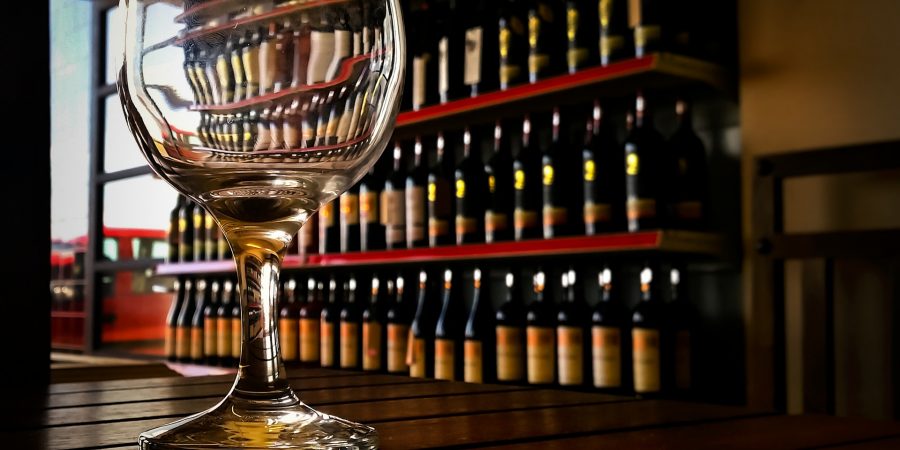Wine consumption has grown significantly since the early 2000s, so much so that the wine industry is expected to be worth $420 billion by the end of 2023. This growth has been largely fuelled by an explosion in international trade, with technological developments and emerging markets opening up new windows of opportunity for merchants and vineyards alike.
Like with all industries, those in the business of making and selling wine have had to step up their game to keep pace with changing consumer demands. But just how have wine businesses managed to keep up with the times?
By harnessing e-commerce technology
Wine merchants have been the backbone of the industry for centuries. Primarily trading wine made by others, they have long been essential to many winemakers by helping them sell their products and reach new markets. Take Justerini and Brooks, which has supplied every British Monarch since 1761, or Berry Bros & Rudd which still trades from the same shop that it did in 1698.
While merchants are still thriving, new e-commerce platforms are helping businesses streamline their interactions with customers. The likes of Seven Fifty, Beverage Media and LibDib are each designed to connect wholesale buyers and sellers. With advanced filtering tools that let prospective buyers quickly find the wine they want within a comprehensive database of brands, plus the product’s availability and pricing, it gives businesses the opportunity to shift produce more easily and transparently.
There are similar B2C platforms too, such as wine.com, Wine-Searcher and Virgin Wines, as well as an array of wine label recognition apps, like Delectable, Vivino, and Hello Vino. These enable users to easily pull up ratings, reviews and tasting notes of particular vintages when they’re out and about, helping to inform their purchasing choices. By getting their products onto platforms and apps like these, wine businesses can increase their visibility and, therefore, sales.
Wine companies are also utilising technology to let them speed up the selling process. There are numerous apps that wine lovers can download which enable them to have wine delivered to them near-instantaneously as if they were ordering a takeaway. Examples include Drizly, Minibar Delivery, and Saucey. Akin to Uber Eats or Deliveroo, users can scroll through a database containing thousands of wines, from established and new brands, to worldwide and local companies. They can then pay to have their purchases dropped off directly, with some companies even delivering within 30 minutes.
By targeting emerging markets
Another way wine companies are moving with the times is by exploiting markets where wine’s popularity is only just starting to take off. While the US, Italy, France, and Germany are traditionally the world’s four largest wine consumers, several Asian countries are well on their way to joining their ranks. According to a recent report, China will outpace most of the traditional wine nations and become the world’s second-largest wine market behind the US by 2020. Meanwhile, India is also experiencing a boom period for wine sales—the market there saw a 25% compound annual growth between 2013 and 2018.
Although Chinese wine is slowly becoming more popular, it’s established global brands that have made the most impact on the country’s market. For example, Castel Group, Sangre de Toro, and Rawson’s Retreat have made massive inroads into the Chinese market, selling over 16 million bottles between them in 2017 alone. Many European, American, and Australian companies have even rebranded entirely when targeting the Chinese market. Take US company Rutherglen Estates, which re-branded as ‘Rayah’ when entering China in 2013. Others are also opening up vineyards in China itself—Bordeaux-based Domaines Barons de Rothschild released its first Chinese-manufactured wine in 2018.
The story is similar in India, where international brands like Jacob’s Creek, Moët & Chandon, Dom Pérignon, Sauvignon, and Carlo Rossi have experienced significant success. Pernod Ricard, the owner of Australian brand Jacob’s Creek, launched its second Indian-grown wine in the country in summer 2017.
By taking environmental concerns into consideration
As the world becomes increasingly eco-conscious, more wine companies have started to take this onboard themselves, allowing more people to enjoy their products. One recent change has been the release of several vegan-friendly vintages, capitalising on the increasing demand for such products, using fining agents—the substances that filter the wine—that aren’t animal-derived. Brands including Belissima, Blossom Hill, and Coopers’ Hawk have released vegan wines, while merchants such as Waitrose Cellar, Majestic, and The Wine Society all now have vegan wine sections on their websites.
Another way wine companies are taking environmental concerns into consideration is by boxing their produce instead of putting it into glass bottles. As well as using fewer natural resources, this also means fewer greenhouse gasses are emitted when transporting the wine from place to place. This is because the boxes take up less space in a vehicle, meaning fewer journeys are needed. Brands like Bota Box and Black Box have responded to growing consumer demand for such products and enjoyed huge sales success as a result. The two companies sold over 14 million cases between them in 2018.









